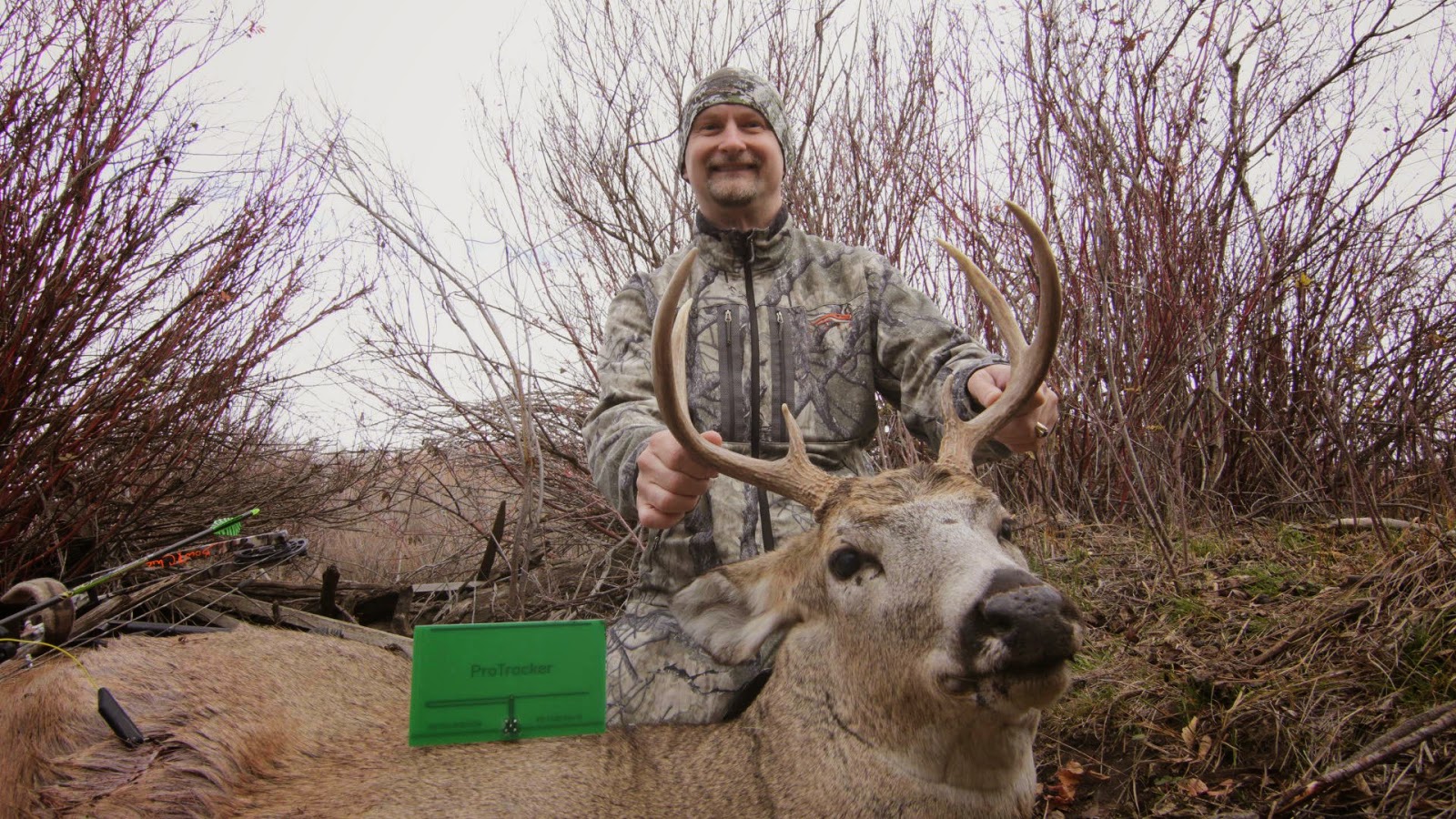
If you’re like us (which we know many of you are) there is nothing more exhilarating that the feeling you get when you’re on a hunt. Nothing that tops the soft pine needles crunching beneath your feet, breathing in that crisp morning air, listening to the dulcet tones of a bugle as the sun comes up, and that perfect pause before you exhale and the bowstring snaps; letting your arrow fly free. To us, hunting is getting in touch with nature and providing. However, with this amazing sport also comes a load of responsibility. To us, being a bow hunter isn’t just being someone that enjoys going on hunts, it’s taking on the mantle of teaching the next generation what a hunter is. To us, a bow hunter is someone who understands the part they play in animal conservation, who hunts responsibly, respectfully, and ethically. It is for that reason that we created the Pro-Tracker recovery system; and why we continue to advocate for its use on any hunting trip no matter the skill level of the hunter.
One of the key reasons we created our Pro-Tracker recovery system is because of the ethics of hunting. As hunters, we feel you are required to do everything within your power to find any animal that you hit. Unfortunately, that doesn’t always happen. In the article, Bow Wounding Losses THE BIG MYTH, David Samuel states, “It is disquieting to know that we probably wound one deer for every animal harvested 1.” Samuel believes this is due to the difficulty level in bow hunting vs. gun hunting due to how much more difficult bow hunting can be. In another article, Hit or Miss, by Glenn Hegeland he recalls hearing a hunter brag, “he hit four tonight,” only to then hear him mumble that he wasn’t able to find any of them 2.
According to Adrian Benke, “Archery wounding is the most denied problem in bow hunting and most ignored problem in wildlife science 3.” The main reason is the sheer skill required for the sport. In a study done by Glen Boydson and Horace Gore, they found that in order to guarantee success a hunter needed to be within 30 yards of a deer, make the shot completely undetected, and hit vital areas. Now, many of you will likely think, “Well I’m an experienced hunter, I can do that.” Truth be told, you probably can, however that study also found that experience hunters wounded more animals that novices. This is because while novices missed the animals entirely, experienced hunters had more hits and could release more shots in a short amount of time 4.
As a whole, the image that these quotes and facts generate is not one that we feel represents us as hunters, or our beliefs as hunters. Most of us believe more along the lines of Dwight Schuh who in his article, A Call for Accuracy, states, ”There is nothing honorable about hitting and losing an animal; it just means you screwed up 5.” This is why we feel that all hunters should include our Pro-Tracker recovery system in their hunting arsenal. If you get that perfect shot, or if that blood trail is going strong, then use those skills you spent years honing. However, if nature or life gets in the way and you lose your animal, let our recovery system help you to make sure you can recover it and take it home. Let the Pro-Tracker, ultimate recovery system help you to be an ethical hunter!

Sources:
1. Samuel, David. “Bow Wounding Losses THE BIG MYTH.” Bowhunter Magazine
2. Hegeland, Glenn.” Hit or Miss.” Archery World. March/April 1998
3. Benke, Adrian. The Bowhunting Hunting Alternative. 1989.
4. Boydson, Glen; Horace, Gore. Various Wildlife Studies in Texas. 1972-1985.
5. Schuh, David. “A Call for Accuracy.” Bowhunter Magazine. Big Issue 1989.

